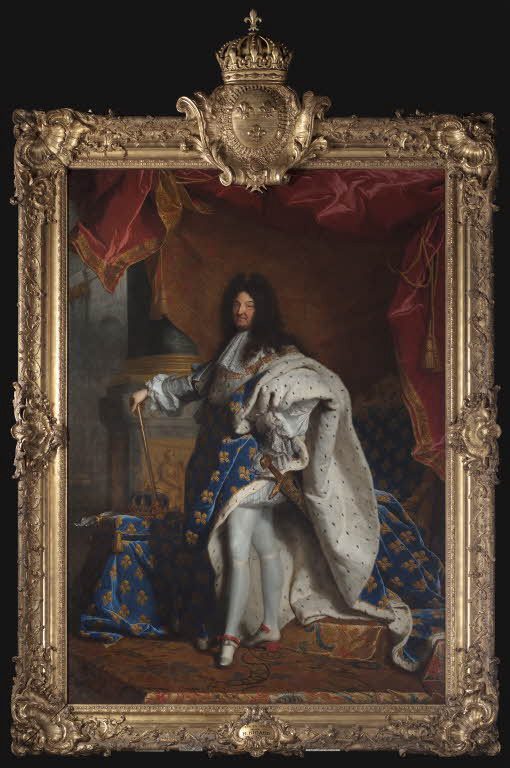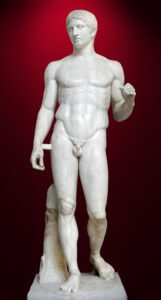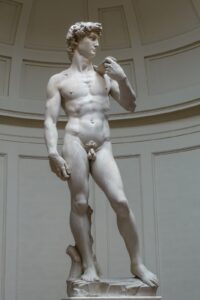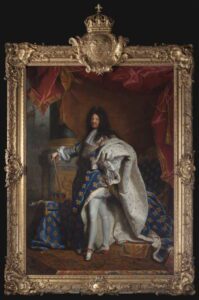
The Ideal Man Throughout Western Art
The power of art is the impact it makes on civilization. Art created the standards of the “ideal man” and trickled the mentality into society. But what makes a man ideal? Is it his facial features, body structure, personality?
Ancient Greece
Polykleitos was an ancient Greek sculptor who created the masterpiece which is Doryphoros: the original ideal man. After writing his treatise, Kanon, which explained the proportions for beauty, he created the physical embodiment.
Doryphoros combines math with skill: he is proportional, symmetrical, and every part of him was measured to perfection. The warrior’s shifted stance (called contrapposto) became the standard stance of European sculpture for thousands of years. The Doryphoros is the epitome of ancient Greek values in masculine beauty.
High Renaissance
After the long, brutal period known as the Middle Ages, the Renaissance saw a revival in classical Greek and Roman ideologies and art. Clearly reflected in Michelangelo’s David, the highly defined, muscular, contrapposto standing masterpiece compares closely with Doryphoros.
What does this tell us about ideal male standards in the 16th century? Well, masculinity was still defined by physical fitness, with muscular men mainly highlighted in works of art. Michelangelo was also known to have an obsession with the ideal male form, his male creations always appearing bodybuilder-ish.
French Baroque
The 18th century saw a major turn in male beauty standards. Gone was the nude, chiseled body, with fashion becoming all the rage. Largely due to King Louis XIV, above in a portrait by Hyacinthe Rigaud, flamboyance was prevalent during his reign.
The courts of Versaille saw male aristocrats modeling wigs, heeled shoes, and colorful couture. The classic muscular leader look was pushed away for an expressive style. The period proved that the “ideal man” can evolve and beauty is more than physical fitness.
I believe the ancient Greek values of masculine beauty live on today. From a young age, boys are praised when playing sports, Hollywood creates heroes played by actors like Dwayne Johnson, and striving for a six-pack is a commonly shared goal. However, there are young influential male figures such as Harry Styles, Jaden Smith, and Timothée Chalamet who continue to push against these standards: leading society toward a fresh 21st-century take on an ancient idea.





